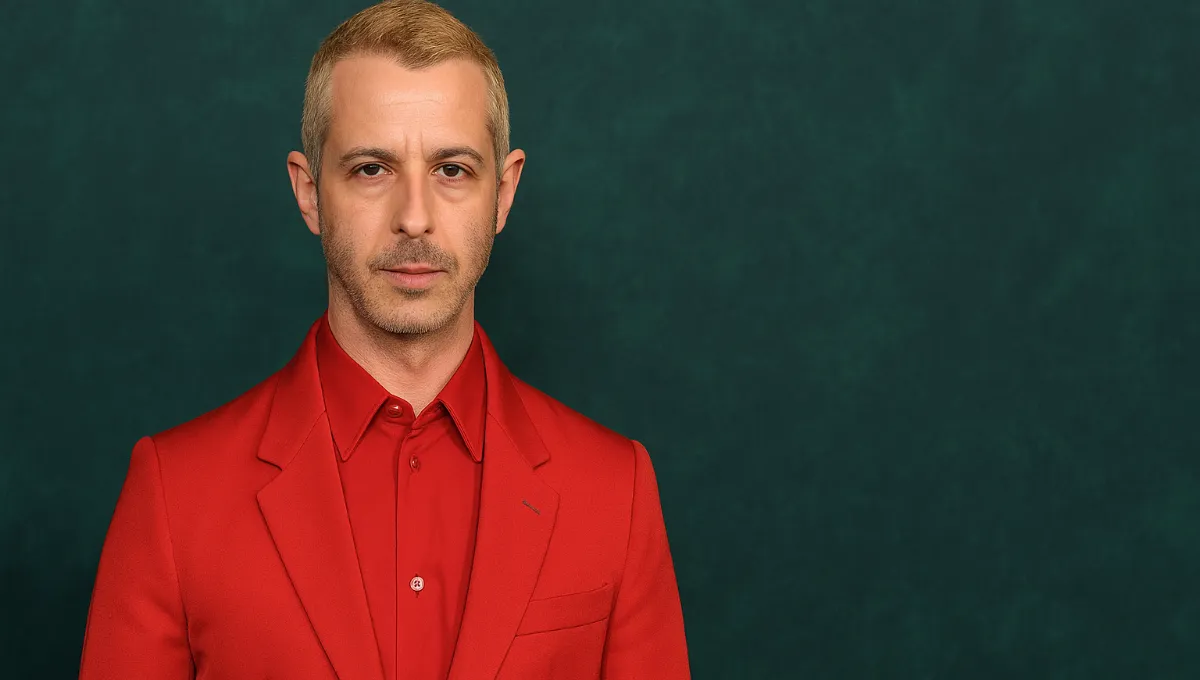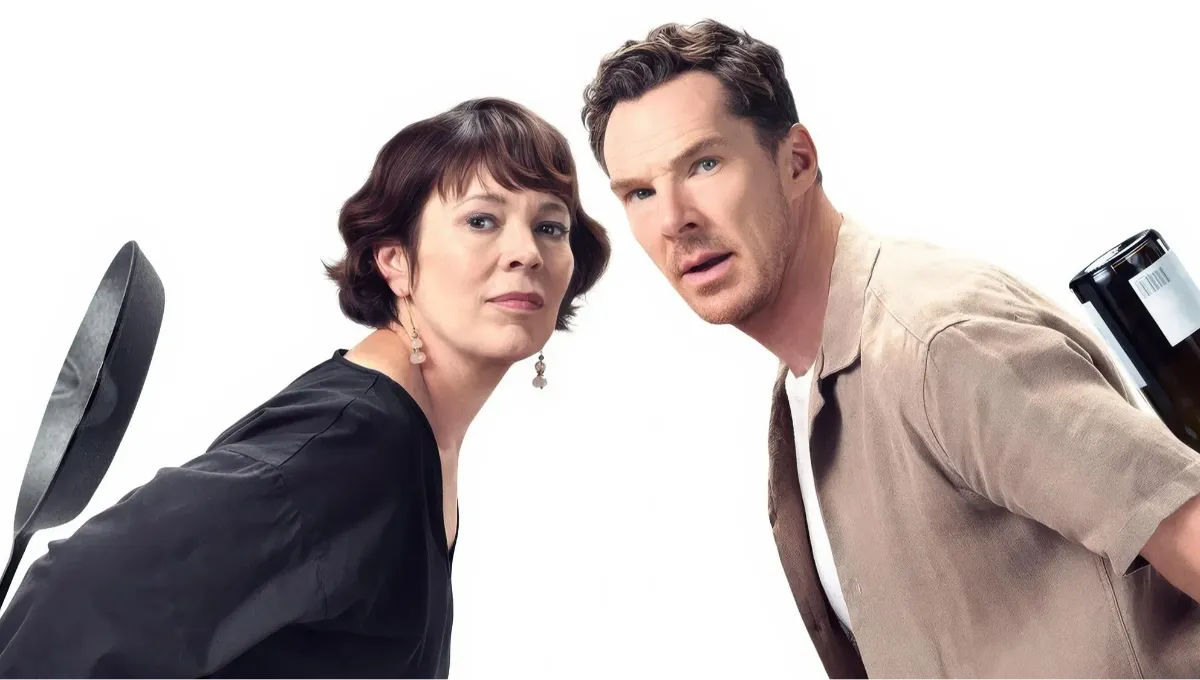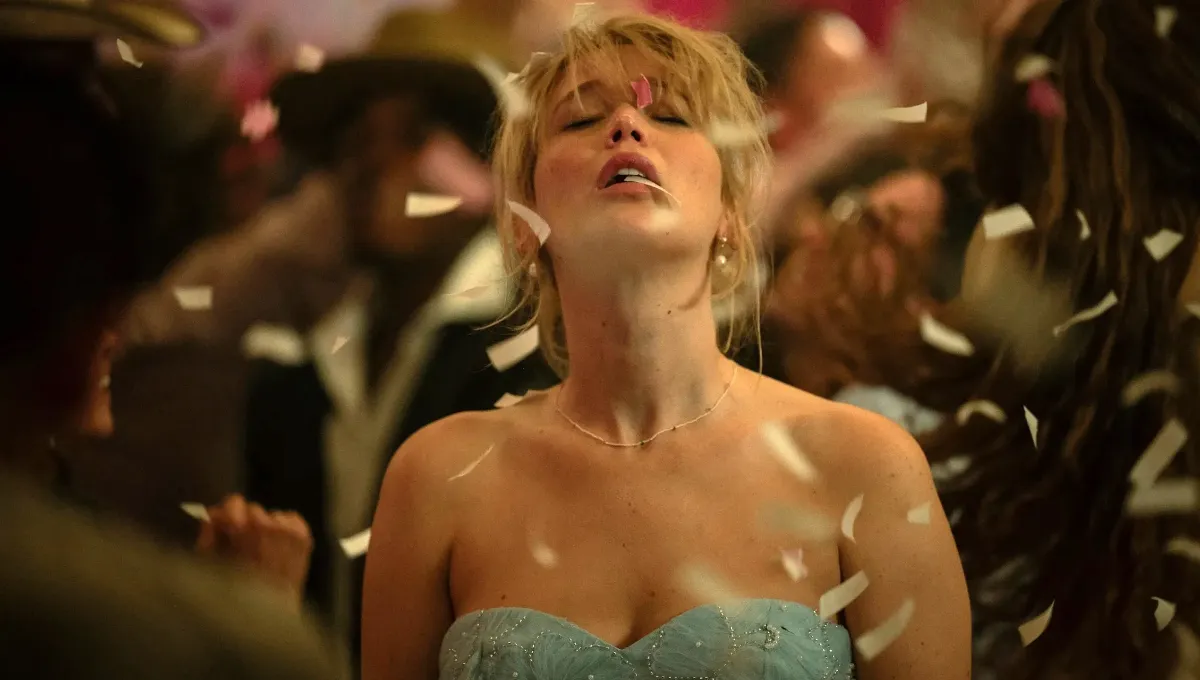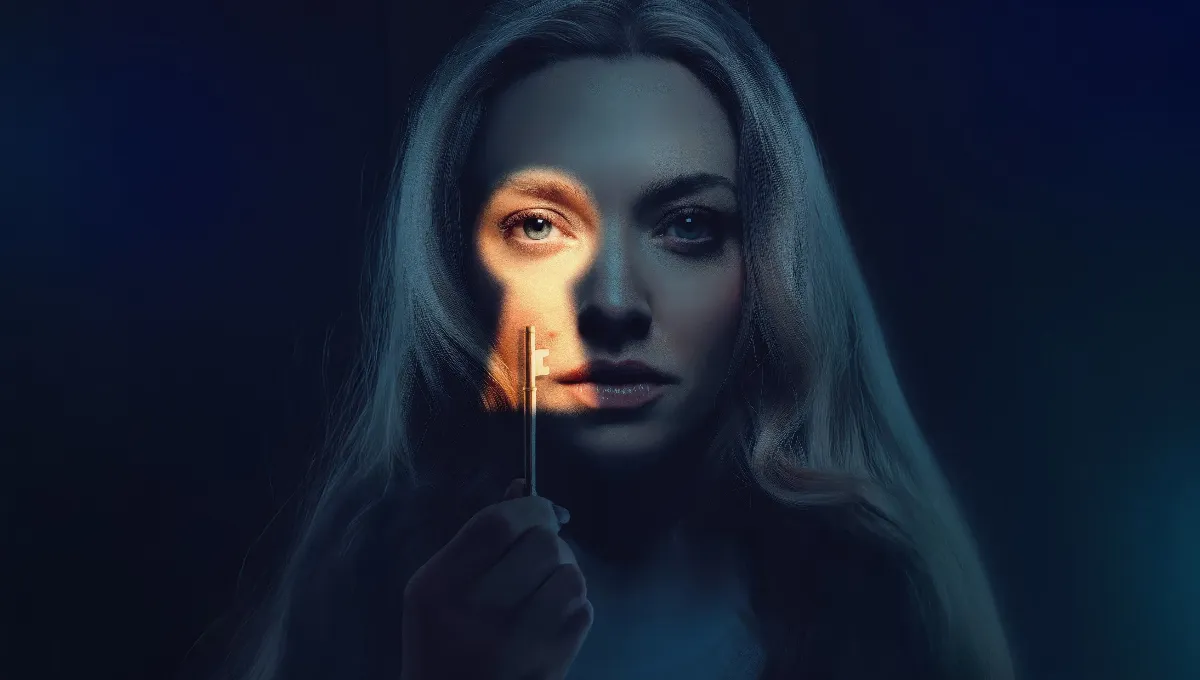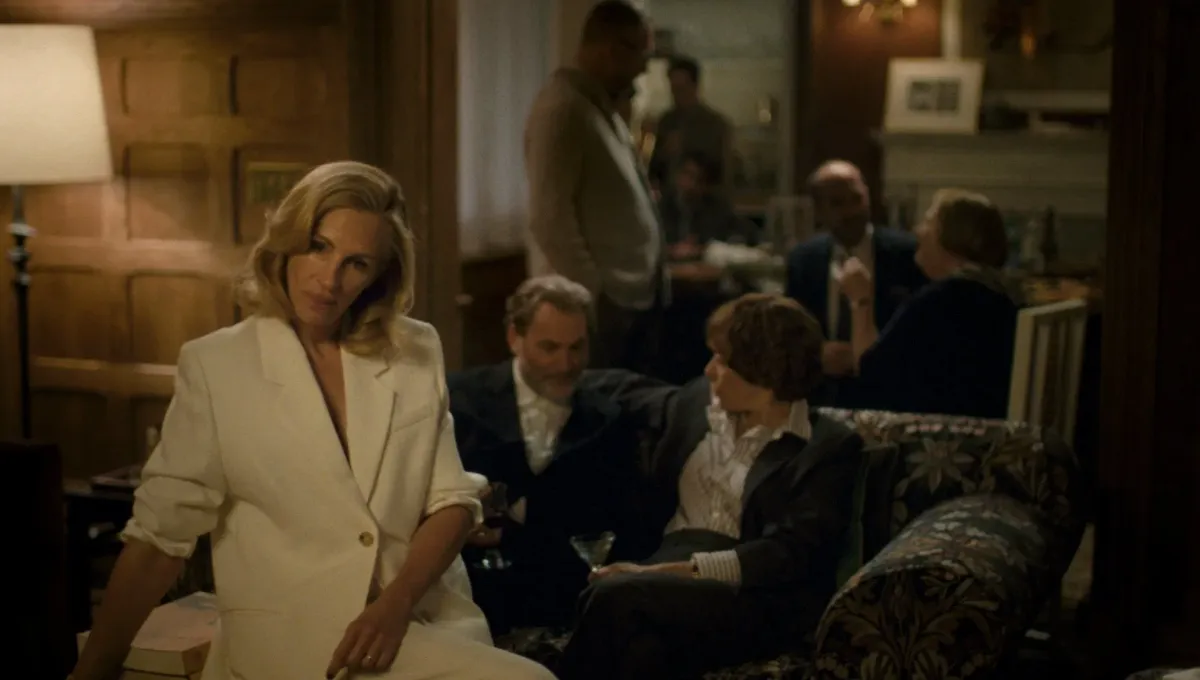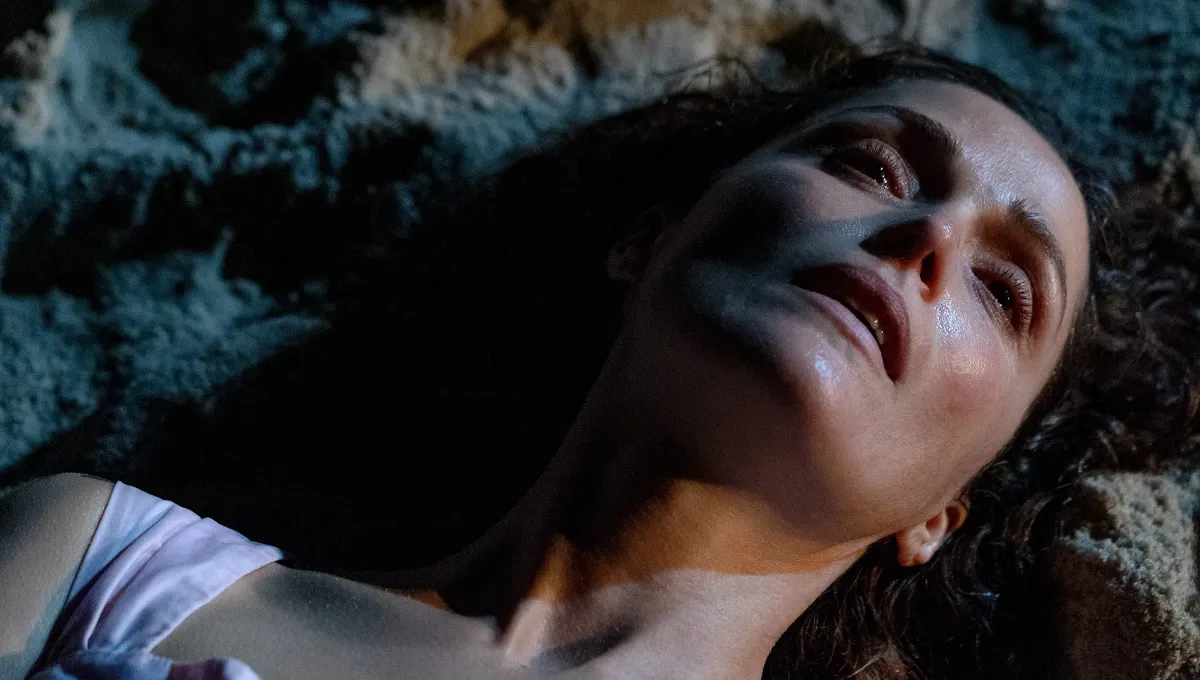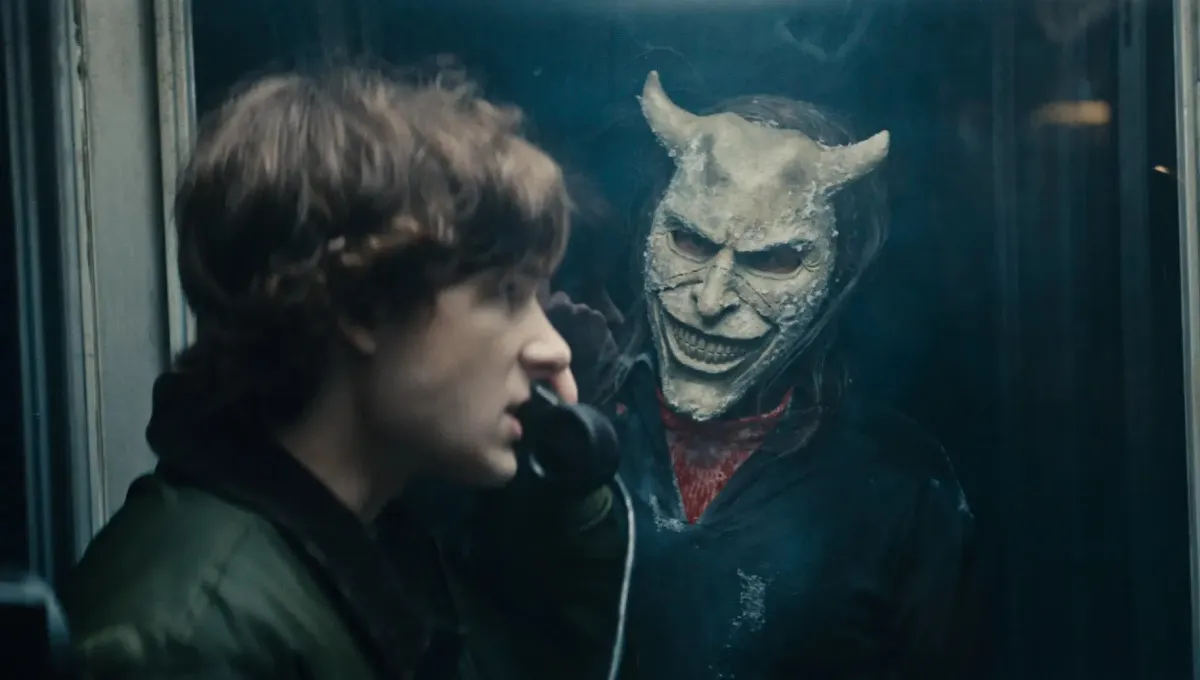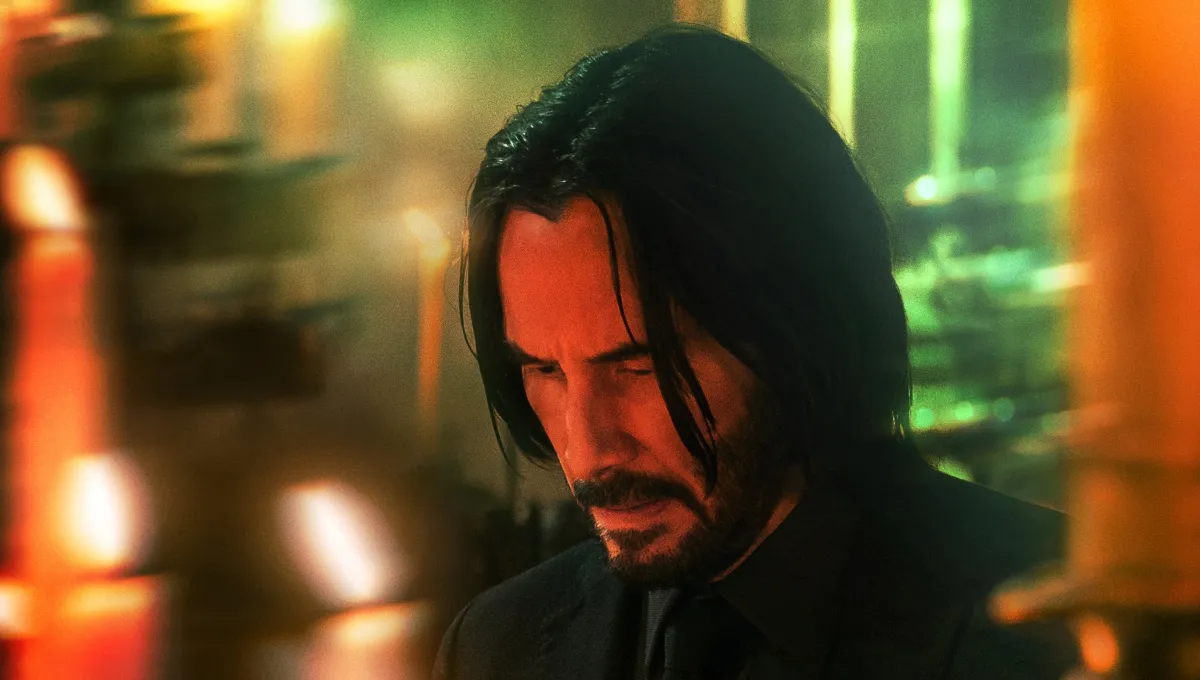After more than a decade of demons, possession, and faith tested to its breaking point, The Conjuring: Last Rites brings the saga of Ed and Lorraine Warren to its emotional conclusion. Director Michael Chaves doesn’t aim for jump scares or spectacle this time — instead, he delivers something rarer: a farewell that feels sacred, quiet, and deeply human.
Horror rarely ends with dignity. Franchises tend to stretch until their souls are gone, milking every ghost for one more scream. The Conjuring: Last Rites dares to do something different. It closes a story not with a scream, but with a sigh. For Patrick Wilson and Vera Farmiga, this isn’t just another supernatural case — it’s the end of an era, the moment when faith outlasts fear.
Director Michael Chaves has been here before. After steering The Curse of La Llorona and The Conjuring: The Devil Made Me Do It, he faced the impossible: ending a billion-dollar horror empire without betraying its heart. His answer came from an unlikely place — Logan. Just as James Mangold’s film gave Wolverine a quiet, noble farewell, Chaves wanted to give Ed and Lorraine something similarly grounded, not in spectacle but in meaning. “It didn’t need to be every demon we ever trapped,” Chaves said. “That would’ve been hollow. This had to be about people, not monsters.”
Set in 1986, Last Rites revolves around the Smurl haunting in Pennsylvania — a chilling true case that reaffirms the Warrens’ belief in the endurance of good. But the haunting is only half the story. The other half is about letting go. Ed, now older and slower, begins to hand the torch to his daughter Judy’s fiancé, Tony Spera, played with warmth by Ben Hardy. The film’s closing scenes, a wedding under flickering candlelight, echo more of Endgame than Annabelle. It’s a cinematic curtain call, one that reunites faces from across the universe — Lili Taylor, Mackenzie Foy, even James Wan himself.
Not everyone could make it. Taissa Farmiga, Vera’s real-life sister and star of The Nun films, was nearly part of the wedding sequence. Chaves admits he begged her to appear, even just for a glimpse — “Don’t worry about the age gap, just show up.” But she was filming another project. Still, the thought of Sister Irene and Lorraine sharing one final frame feels poetic — two women of faith, from different times, bound by blood and belief.
This is the beauty of Last Rites: it knows what to leave unsaid. It doesn’t need explosions or exorcisms to make you feel something. It trusts its audience to understand that horror, at its best, is about love — the love that fights darkness, the love that outlives the body. Where the earlier films showed demons as external threats, this one turns inward. The true terror isn’t possession. It’s loss.
Patrick Wilson, now also serving as producer, grounds Ed in a tender fragility we’ve never seen before. He’s not the confident investigator anymore — he’s a husband nearing the end of his journey. Vera Farmiga mirrors that energy, her Lorraine both luminous and exhausted, still holding on to faith that costs her everything. Their chemistry remains the soul of the franchise. Watching them say goodbye feels like watching a marriage between cinema and belief itself dissolve into something eternal.
Chaves stages Last Rites like a requiem. The camera lingers longer, the light feels colder, and the spaces between sound carry weight. Every flicker of a candle, every whispered prayer feels loaded with finality. Yet, there’s a serenity here that the series has never allowed before. The Warrens, once warriors of the unseen, now find peace in surrender. It’s not about defeating evil anymore — it’s about accepting that faith means letting go.
And yet, despite its quiet tone, Last Rites is no small film. It’s already broken records, grossing nearly half a billion dollars worldwide — proof that audiences still crave sincerity in their scares. Chaves could have gone for bombast, unleashed every monster the Warrens ever faced, but he didn’t. He chose restraint over repetition, emotion over excess. In a genre built on escalation, that’s the bravest decision of all.
The film’s final act, centered on Judy’s wedding, is more than a plot device — it’s a cinematic benediction. One by one, the saved return to say thank you. The possessed girl from the first movie. The terrified family from the second. They stand, silently acknowledging the couple who risked everything for them. It’s the horror version of Tony Stark’s funeral, but with rosaries instead of roses. It’s fan service elevated to something spiritual.
Beyond its story, The Conjuring: Last Rites also symbolizes the end of a filmmaking philosophy. Under James Wan’s guidance, the Conjuring universe built an empire on empathy — its ghosts cried before they screamed. Now, with Chaves at the helm, it closes that chapter on its own terms. There’s humility in that choice. The film refuses to promise another sequel, another curse, another spin-off tease. It just ends.
When the credits roll, there’s no jump scare, no musical sting. Just a feeling — the rare sense that a story has found its rest. For longtime fans, that’s unsettling in its own way. Horror teaches us to expect the next jolt, the next twist. But what happens when the lights stay low and the demons stay gone? You’re left with silence — and in that silence, something like grace.
Michael Chaves may joke that the series is over, but the subtext says it all. This isn’t the death of The Conjuring. It’s its ascension. The universe may continue in other forms — spin-offs, new investigators, more artifacts — but Ed and Lorraine’s story is complete. Their work is done, their faith rewarded, their legacy sealed.
In a time when horror franchises recycle endlessly, The Conjuring: Last Rites does the impossible: it finishes with purpose. It leaves behind not just fear, but gratitude — for the stories told, for the faith kept, for the audience that believed. Because the greatest exorcism of all is learning when to say goodbye.

Grace Whitmore is a beauty and lifestyle editor at Nestification, exploring the intersection of modern femininity, quiet luxury, and emotional design. Her work focuses on how aesthetics, mindfulness, and self-expression shape today’s idea of calm confidence — where beauty becomes a state of mind.
Based in New York · [email protected]

